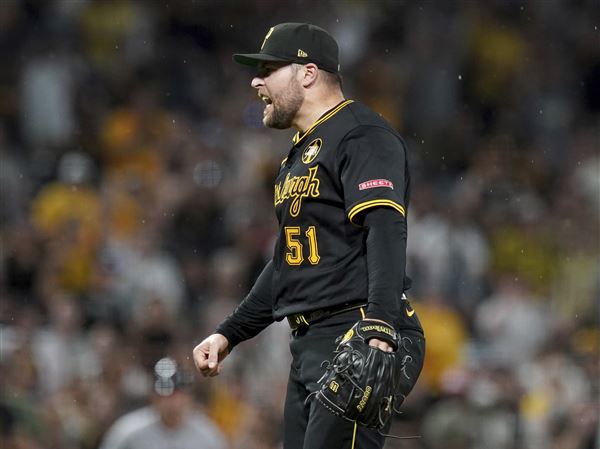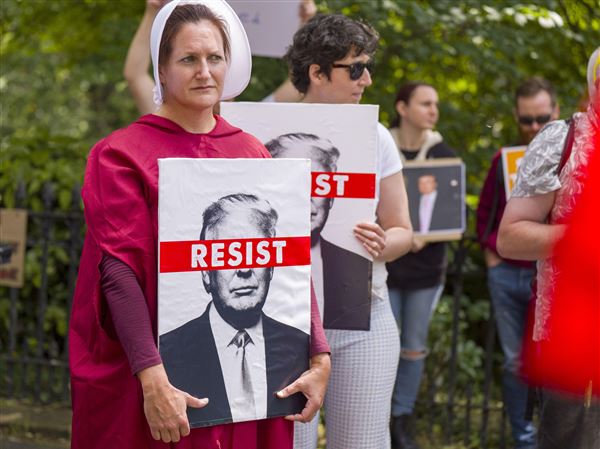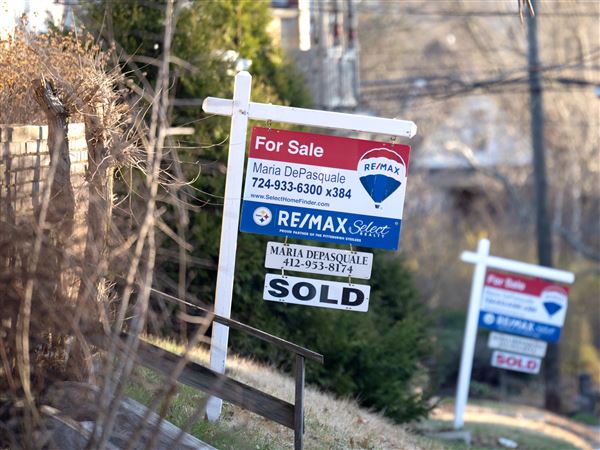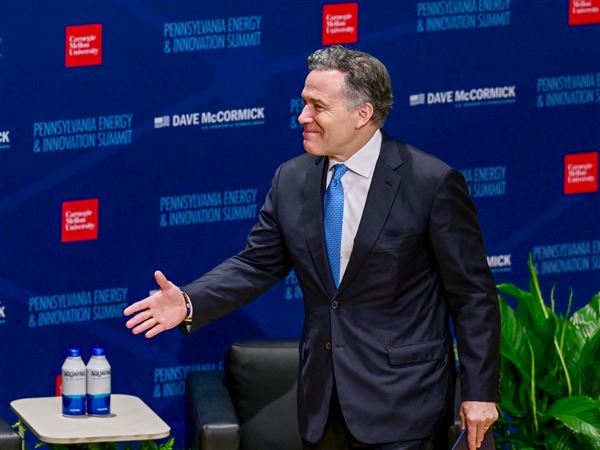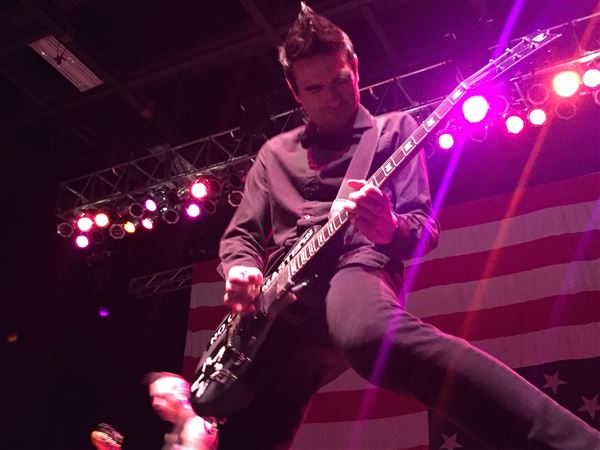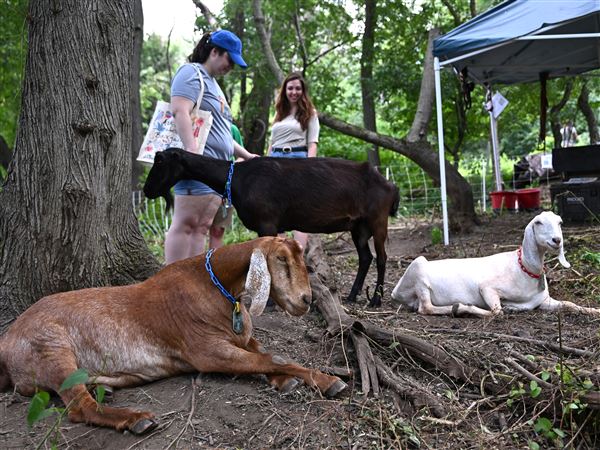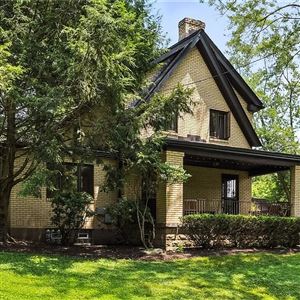I don't want to get my two-week long relationship with this allegedly fine Victorian city off on the wrong foot, but after about 30 hours here, I'm already wishing Melbourne didn't exist. For the next 14 days, every day, I will leave my Best Western in Tullamarine (picture Murrysville, but less scenic, possibly more trafficked, and near the airport), and depart for the next most-trafficked spot in this state -- the Australian Open megalopolis, over-crowded with about 22 courts, four indoor arenas, 1,400 accredited journalists, 500 pro tennis players, 40,000 daily spectators, and virtually no parking.
Here's my problem with Melbourne, the city: It's the one impenetrable obstacle that stands between Tullamarine and AO HQ. Because of Melbourne, the daily 13-mile commute takes about 90 minutes, approximately 65 of which are spent either not moving, searching for one-way streets that seemingly bent into the ether, or waiting for trams to pass through the middle of the streets. I know folks talk about Melbourne's charms -- its bistro/bar culture; its delight for live music and events -- and maybe I'll discover that stuff later. But for now, I'm living a life dictated by the desires of convenience.
Here's another thing to note. Sometimes, these uber-events so dominate an environment that they almost displace it. For instance, the absolute worst time to understand the essence of Oakmont, Pa., is during the five-day commercial inflation when it hosts the U.S. Open. I get that sense here, too, but only speculatively. Really, there's no reason to venture out of the AO City -- once you make it inside the gates, via the scanned accreditation card.
If you so desired, a journalist covering the Australian Open could drop his laptop off at the bunkered media workroom and never again exit for the outdoors. The media facilities alone are equipped with a decadent restaurant, several amphitheaters for interviews, hundreds of flat-screen televisions, a roving IT squad for computer problems, a separate radio interview room, at least a half-dozen "intimate" interview rooms for lesser players, and a wall of paper holders containing thousands, if not hundreds of thousands, of pages with statistics, tournament brackets, and yes, transcribed interviews. Every on-the-record word spoken by every player. In other words, if you so desired, you could cover the Australian Open with almost no problem by, 1.) never watching live tennis, and 2.) never speaking to a living human being.
It's only a matter of time before newspapers catch on and start hiring gibbons.
I've covered a few of these super-events before. The Super Bowl once. The U.S. Open. And I've found, without fail, that talking about them always trumps the coolness of actually doing them. The best journalism, after all, comes from access, from understanding, from discovering stories -- and those are the exact things that super-events prevent. Oftentimes, tennis players I've never heard of will walk into the media center and draw a flock of dozens. To my credit, I did manage a one-on-one interview today, but that was over the phone, and only when I called my sports editor to ask about deadline times.
But I also want to be clear. Covering tennis is still a thrill. Watching it live elevates your understanding of the sport; you get a sense of the sport's speed and spacing that a television broadcast cannot convey. Plus, some of the players exude (God I hate that word; sorry) a sense of bravado and importance, likeable or not, that translates into absolute can't-take-your-eyes away charisma. I settled into a seat today at the main arena just to catch a quick glimpse of Serena Williams, and ended up staying for the whole match.
And also to be clear: I'm not a "tennis guy." I never played. I don't typically watch on TV. Before I did any research prior to the Australian Open, I knew about 10 players: Federer, Nadal, Shaparova, et al. You know, the kind of people who pay people to ghostwrite blogs on their personal web sites. But tennis is rife with stories that reach well beyond the top echelon. Hopefully before I leave Melbourne the Tely can put aside its cricket obsession and invite the space to let me actually write them.
Now, I'm back in Tullamarine. On the drive to the motel post-work today, I didn't get lost, making this the first successful car trip in two days of back-and-forth. My motel, by the way, is the Best Western; note the previous factual error. (Jan. 9 entry: Clarion Inn was cited as lodging accommodation. Ed. regrets mistake.)
Before wrapping this up, I'd like to include a few notes in regard to the motel, none of which are designed for derogatory effect. Purely observational. OK, maybe a little derogatory.
• When I was checking in yesterday, the lady at the reception desk took a quick look at my reservation. "OK," she said. "It looks like your company has arranged to handle all payments except for in-room movies and mini-bar. But we don't have movies and mini-bar, so you don't have to worry about that."
• The "fitness centre" is about the size of a walk-in closet. It would be larger, but it shares space with a sauna. Therefore, walking into the fitness centre replicates the feeling one might expect if he, say, tunneled about 10,000 kilometers into the Earth's mantel. This morning, I ran outside.
• My room service menu, from which I have not yet ordered, provides listings for the entrees at the downstairs True Blue Bistro and Buffet, from which I have not yet visited. The montini penne ($16) is a chicken dish, with semi-dried tomato, mushroom, artichoke, garden herbs and creamy sauce. But don't be fooled by the selection of fettucine, chicken Florentine and primavera risotto. The True Blue ain't Italian. They also have tandoori chicken. Hey, who needs to drive into Melbourne when you have the whole world right here in Tullamarine?
First Published: January 14, 2008, 1:00 p.m.
